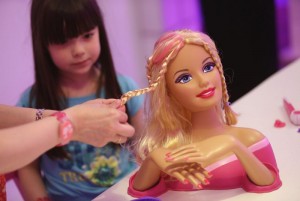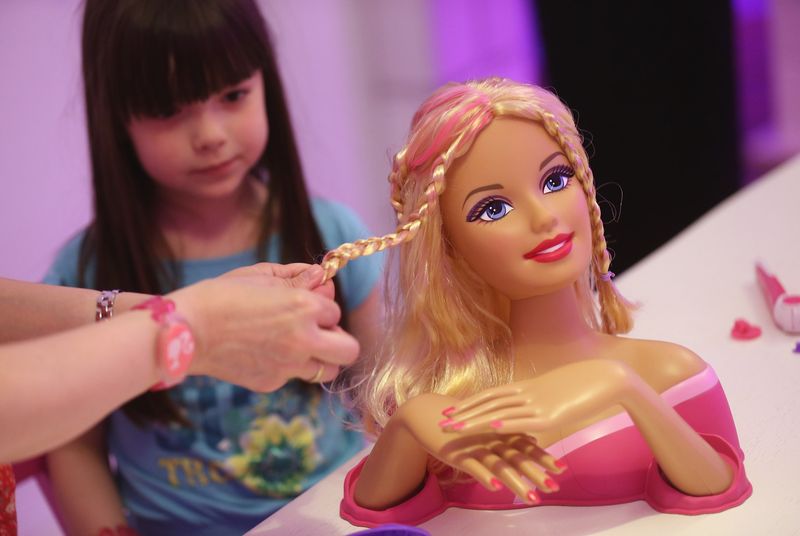The first female result in a Google Image search for “CEO”  is Barbie and is hidden at least 10 rows down, a recent study from The University of Washington pointed out.
is Barbie and is hidden at least 10 rows down, a recent study from The University of Washington pointed out.
In fact, it’s not even the real Barbie. The image of Barbie in a power suit is from a from a 2005 Onion article stating that “women don’t run companies,” they just “work behind the scenes to bring a man’s vision to light.”
The University of Washington argues in a new study that it’s results like these that subconsciously contribute to gender bias.
The study finds that “manipulated image search results could determine, on average, 7 percent of a study participant’s subsequent opinion about how many men and women work in a particular field.”
In Google Images’ results for CEO only 11% of the results returned were women despite the fact that 27% of CEOs in the US are female.
In contrast, results for jobs such as “telemarketer” yielded 64% women, though in reality that occupation is evenly split between men and women.
Google Images’ suggested categories for female leaders also turned up extremely gendered results. A search for “male CEO” or “man CEO” returns photos of men running companies, while the results for “female CEO” or “women CEO” list categories such as “outfit” “attire” and “glasses.”
To be fair, Google doesn’t arbitrarily create these categories or unfairly rank the results. Google Image results are ordered by a supposedly unbiased artificial intelligence algorithm and searches on Yahoo and Bing yielded similar ratios.
However, at least one researcher hopes that tech companies take action to combat these occupational stereotypes.
Report co-author Sean Munson says that “Our hope is that this will become a question that designers of search engines might actually ask.”
“I would feel better if people are at least aware of the consequences and are making conscious choices around them.”



